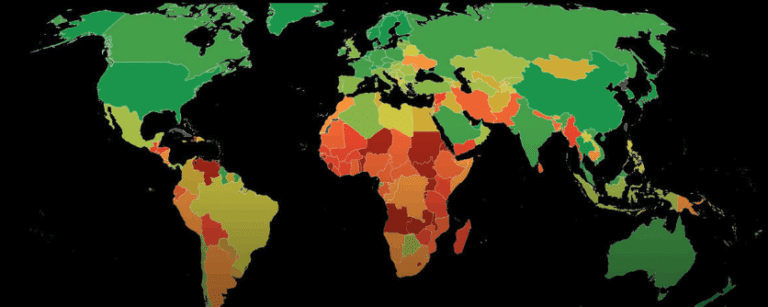The authors would like to acknowledge the contributions of Alexandra Peek, formerly research associate at the Center on Global Energy Policy.
This report represents the research and views of the author. It does not necessarily represent the views of the Center on Global Energy Policy. The piece may be subject to further revision. Contributions to SIPA for the benefit of CGEP are general use gifts, which gives the Center discretion in how it allocates these funds. Rare cases of sponsored projects are clearly indicated.
For a full list of financial supporters of the Center on Global Energy Policy at Columbia University SIPA, please visit our website at Our Partners. See below a list of members that are currently in CGEP’s Visionary Annual Circle. This list is updated periodically.
-
CGEP’s Visionary Annual Circle
-
Corporate Partnerships
Occidental Petroleum Corporation
Tellurian Inc
Foundations and Individual Donors
Anonymous
Anonymous
the bedari collective
Jay Bernstein
Breakthrough Energy LLC
Children’s Investment Fund Foundation (CIFF)
Arjun Murti
Ray Rothrock
Kimberly and Scott Sheffield
Executive Summary
While tens of millions of people work in formal energy jobs around the world, another group that comprises a massive and key labor segment in this sector is often overlooked: women and girls producing biomass to meet the basic energy needs of millions of poorer households across the developing world. Some 2 billion people rely on biomass for cooking (and some for heating), making those who gather it critical players in the global energy supply system. Women and girls in many developing countries constitute the majority of people collecting fuelwood for household consumption—an often strenuous and time-consuming effort—and estimating their number could elevate the importance attached to improving their working and living conditions. While some initial estimates of this labor force have been made, analyses remain superficial.
This report, part of ongoing research into energy for development and gender dynamics at the Center on Global Energy Policy at Columbia University SIPA, attempts to improve this deficit, providing a systemic albeit rough estimation—given minimal available data—of the number of women household biomass producers. An analysis of clean cooking access rates, population figures, and average household sizes for both rural and urban areas in 92 developing countries estimates that 389 million women and girls undertake this work, which would represent the largest labor segment of today’s global energy system.
Additional findings from this report include the following:
- Women household biomass producers outnumber men. While there is parity between men and women in what the authors categorize as Developing Asia, women have higher participation rates in sub-Saharan Africa. The participation rate of men exceeds that of women in Latin America, but that region accounts for only 4 percent of the global population relying on household biomass.
- For every person producing and distributing energy in the world’s formal job sector (approximately 40 million), the authors estimate that about nine women are supplying a primary energy source for their households.
- Most women biomass producers—about 75 percent of the total—live in rural areas, often the poorest parts of many developing countries.
- Clean cooking initiatives could obviate the need for much of this labor and are important, in part due to health considerations for people cooking with biomass fuels. While projections about the dissemination of clean cooking technologies indicate that the number of women producing household biomass should decline this decade, around 200 million, or possibly more, could still be involved in this pursuit in 2030, predominantly in sub-Saharan Africa.
- Household biomass production constitutes the labor of poor and frequently marginalized women. More field research is needed to discover what these producers actually want and how the energy transition can improve their lives and those of their families.






